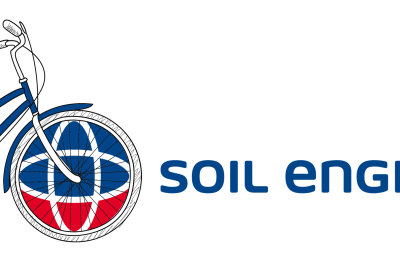

Due to the constraints of a Section 61 Notice, the Sheet Piles could not be driven through granular strata using a hammer, and were vibrated into place. Several piles failed to fully penetrate very dense River Terrace Deposits and seal into the London Clay below. The resulting gaps had to be “plugged” in order to ensure the safety of operations within the cofferdam, and to prevent free running material flowing into the excavation.
Soil Engineering designed a solution utilising pressurized microfine cementitious grout to both densify and consolidate the Terrace Gravel material. The Microfine Cement allowed the grout to permeate more effectively at low pressure further than OPC based Grout, ensuring that the grout could form an extended envelope beyond the area of densification, providing a seal across the gaps in the sheet piles. Grout was also injected into the upper 1m of the underlying London Clay, to ensure the seal tied into the fissured clay, and shut off the water pathway.
On acceptance of SEGL’s design by the client, the site crew were able to mobilise a Soilmech SM-8 drilling Rig, and Bauer hydraulic colloidal mixer/pump assembly in 1 week, to undertake the works under the supervision of a Soil Engineering Senior Engineering Geologist.

Soil Engineering received a pair of Highly Commended citations at the 2025 Ground Engineering AwardsWith nine shortlisted entries across seven categories at this year’s very competitive awards, coming away without a trophy was always going to be a bit of a disappointment. However, spirits were lifted significantly by the revelation that we had sufficiently impressed […]
Read more ➜
Staff, Suppliers, Consultants and Clients all pulled together for this year’s Safety Week “Tour de Soil Engineering” racking up the miles for mental health. An inclusive event across the business, the Tour saw walkers, runners and of course cyclists grinding away through the week in a cumulative challenge to cover the 799 non-motorway route. Virtually […]
Read more ➜
The “Tour de Soil Engineering” sees the first half of our Safety Days event aligned with Mental Heath Awareness Week in a team challenge supporting MIND across the UKMental Health Awareness Week (12th to 18th May) will see Soil Engineering staff and project partners nationwide join forces to ride and walk over 700 miles from […]
Read more ➜